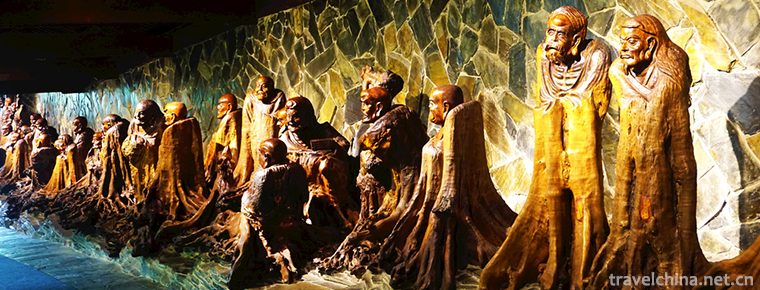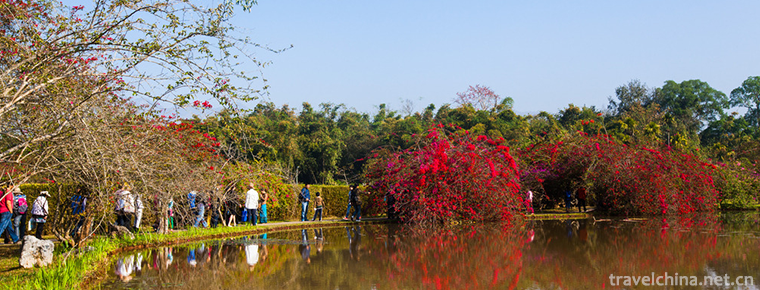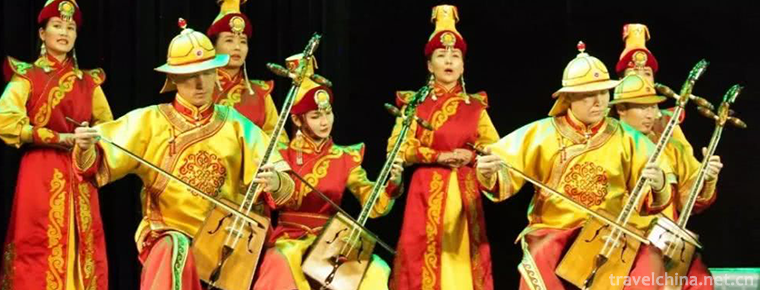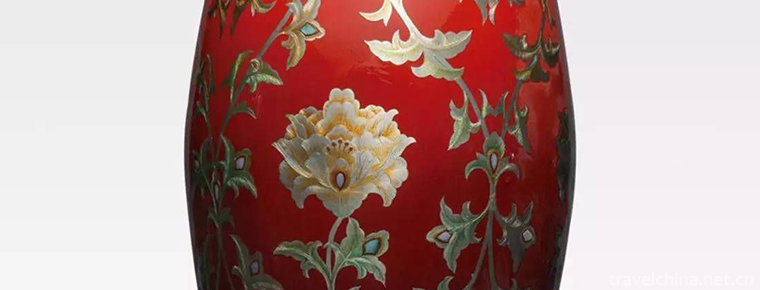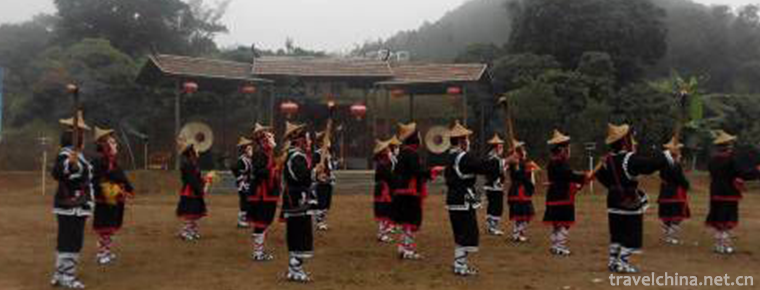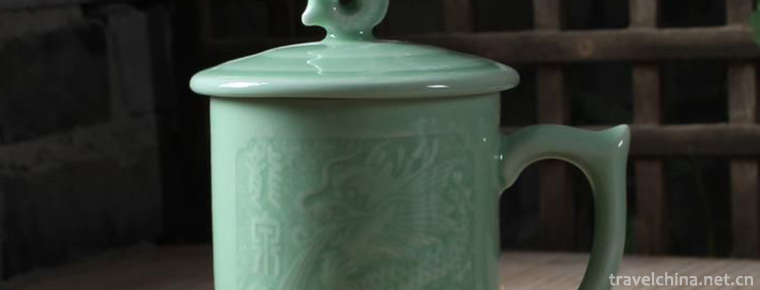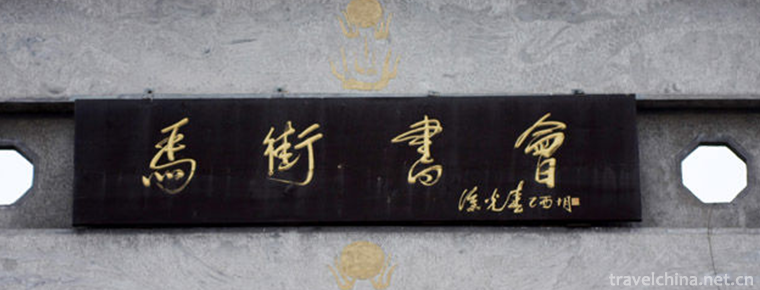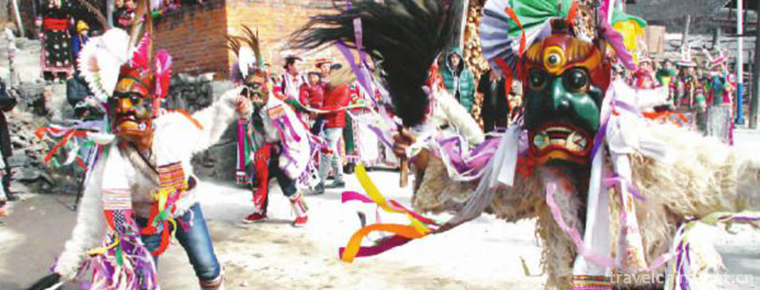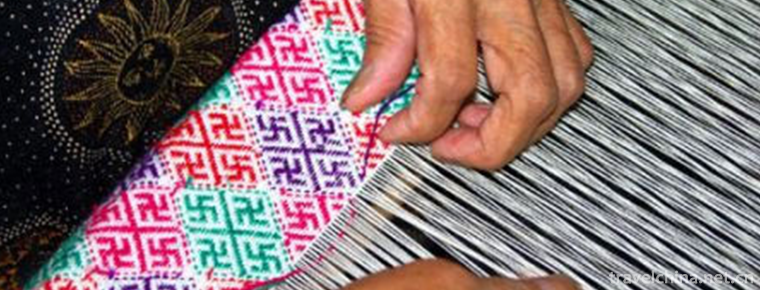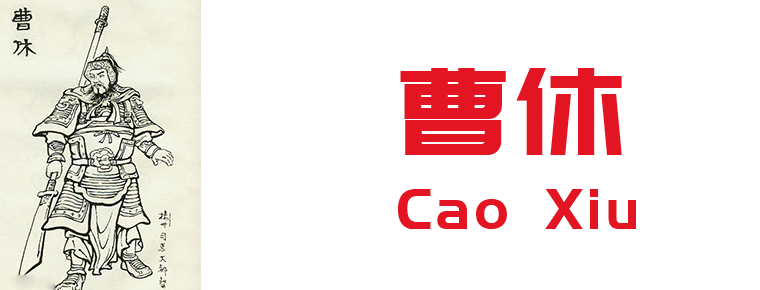History of Deyang
History of Deyang
In ancient times, it was a place of hundred PU. In the fifth year of King Shenliang of Zhou Dynasty (316 BC), that is, in the ninth year of gengyuan, King Huiwen of Qin Dynasty, Qin destroyed the two states of Bashu and established two prefectures of Bashu. Today, Deyang Prefecture belongs to Shu Prefecture. County under the county, County Pavilion.
In the third year of Wude of emperor Gaozu of Tang Dynasty (620), Luoxian county and Mianzhu County were divided into Deyang county (now Jingyang District of Deyang City), belonging to Yizhou.
In 686, Wu Zetian set up Hanzhou in Luoxian county (now Guanghan City) and led 5 counties. Deyang county was under the jurisdiction of Hanzhou in Jiannan Dao.
In the first year of Tianbao (742), Hanzhou was changed to Deyang county. In the first year of emperor suzong's reign of emperor Qianyuan (758), Deyang county was changed to Hanzhou.
In 965, Emperor Taizu of the Northern Song Dynasty established Hanzhou in Luo County and led 4 counties (including Deyang county) under Xichuan road. In 1059, Xichuan road was changed to Chengdu Fu Road. In the Southern Song Dynasty, Hanzhou was still established, and the leading county was the same as that in the Northern Song Dynasty.
Yuan Shizu Zhongtong first year (1260), the restoration of Hanzhou, Deyang county.
In 1371, the fourth year of Hongwu reign of emperor Taizu of Ming Dynasty, Hanzhou still led three counties (including Deyang county), belonging to Chengdu government. In 1377, Deyang County entered Hanzhou and was restored in 1380.
In the early Qing Dynasty, it was still the same as the Ming system. In 1659, Luojiang county was incorporated into Deyang county. In the 26th year of Kangxi's reign (1687), Hanzhou was reduced to Sanzhou (Danzhou), and Deyang county was subordinate to Chengdu government. In 1727, Deyang county was transformed into Zhili Prefecture of mianzhou. In 1802, Luojiang county was separated.
In 1952, the people's Government of Sichuan Province was established, and the administrative districts in eastern, southern, Western and Northern Sichuan were abolished. Deyang county belongs to Mianyang special area.
In 1959, Luojiang county was abolished, and most of its towns were incorporated into Deyang County, and the rest were incorporated into Mianyang county and Anxian county.
On February 17, 1983, Deyang County, Erzhong factory, Dongfang Electric Machinery Factory, Dongfang Electrical machinery factory, No.1 mechanical and electrical installation company, Deyang refractory material factory, Sichuan glass fiber factory, Sichuan resin factory, the second Geophysical Exploration Brigade, Sichuan Deyang ninth five year plan plant, Mianyang Jingyang phosphate fertilizer plant, Sichuan construction engineering machinery plant, and Deyang cement products factory of Sichuan Provincial Construction Department discussed Deyang The regional system reform proposal contact meeting was held, and the meeting unanimously approved the "report on Deyang regional system reform" to the CPC Sichuan Provincial Committee and Sichuan Provincial People's government.
On March 10, 1983, in order to change the system of Deyang area and establish Deyang City subordinate to Sichuan Province, Deyang County submitted the supplementary report on re applying for Deyang City construction to the people's Government of Sichuan Province.
On April 1, 1983, the Sichuan provincial Party committee and the provincial government approved the application report of Deyang County on the preparation for the construction of Deyang City at prefecture level, and informed Guanghan, Shifang and Mianzhu counties to participate in the preparatory group of Deyang City. On April 8, the preparatory group of Deyang City was established. On April 12, the preparatory work of Deyang City was officially started. In early June, Zhongjiang County was added as a member of the preparatory group. On June 14, the CPC Sichuan Provincial Committee and the Sichuan Provincial People's government formally submitted a report to the State Council.
On August 18, 1983, the State Council issued an official reply (1983) No. 156: "we agree to establish Deyang City. Deyang City in Deyang City pass, jurisdiction over the urban street office, Hanwang town and Jingyang, urban, Bajiao three communes. Deyang, Zhongjiang and Mianzhu counties in Mianyang area and Guanghan and Shifang counties in Chengdu are under the jurisdiction of Deyang City. "
On September 12, 1984, with the approval of the State Council, it was agreed to cancel the organizational system of Deyang county and establish the Shizhong District of Deyang City.
In 1988, with the approval of the State Council, Guanghan county was abolished and Guanghan City was established. It is still managed by Deyang City.
On August 3, 1996, with the approval of the State Council, Shizhong District of Deyang City was abolished and Jingyang district and Luojiang county were established.
In October 1996, with the approval of the State Council, Mianzhu County and Shifang county were abolished and Mianzhu City and Shifang City were established. It is still managed by Deyang City.
In August 2017, the State Council agreed to abolish Luojiang county and establish Luojiang District of Deyang City.

History of Deyang
-
Root palace Buddhist Cultural Tourism Zone
Root palace Buddhist Cultural Tourism Zone / Gengong Buddha Country Cultural Tourist Area, National AAAAA Tourist Scenic Area, National Eco-civilization Education Base
Views: 152 Time 2018-12-07 -
XiShuangBanNa Tropical Botanical GardenChines
Xishuangbanna Tropical Botanical Garden of the Chinese Academy of Sciences, National AAAAA Tourist Scenic Area, is located in Huludao, Mengla Town, Mengla County
Views: 168 Time 2018-12-12 -
Asil Lysi
"Asr" is the abbreviation of "Asru Winder" in Mongolian, and its translation is of great significance. Asr is a kind of Mongolian court music, which has a unique national style and
Views: 245 Time 2019-03-28 -
Chengdu lacquer art
Chengdu lacquer art, the traditional handicraft of Chengdu City, Sichuan Province, is one of the national intangible cultural heritage.
Views: 180 Time 2019-04-18 -
Fuxin agate carving
Fuxin agate carving, traditional art of Fuxin County, Liaoning Province, is one of the national intangible cultural heritage.
Views: 155 Time 2019-04-30 -
Wo Lou dance
Helou Dance is a traditional folk entertainment program in Yunan County, Guangdong Province. It is called "living fossil" in traditional dance. Helou Dance is the product of
Views: 156 Time 2019-05-02 -
Firing Techniques of Longquan Celadon
Longquan celadon firing technology, the traditional ceramic technology of Longquan City, Lishui, Zhejiang Province, is one of the national intangible cultural heritage.
Views: 151 Time 2019-05-14 -
Ma Street book fair
The Majie Book Club is a grand Chinese folk music festival. Located 5 kilometers south of Baofeng County, Henan Province, it is a "pilgrimage site" for rap artists all over the country. Ever
Views: 178 Time 2019-05-15 -
Jumping Cao Gai
Caogai jumping is prevalent in Baima Tibetan area of Pingwu and Nanping counties. It is held on the sixth day of the first month of the lunar calendar every year. Cao Gai is a Baima Tibetan phonetic t
Views: 124 Time 2019-06-21 -
Brocade Weaving Skills of the Zhuang Nationality
After thousands of years of development, the brocade has its own system of three categories, more than 20 varieties and more than 50 patterns. It is famous for its durability, exquisite skills, unique
Views: 221 Time 2019-08-16 -
Cao Xiu
Cao Xiu(? - 228 years). Pei country Qiao (now Anhui Bozhou People. Three countries the Wei state of the Three-Kingdoms Period General, Cao Cao Clan.
Views: 254 Time 2019-09-15 -
Environmental protection in Mianyang
In 2018, the water quality of Fujiang, Kaijiang, Zijiang, Anchang River, Furong River, Tongkou River and Luban reservoir in Mianyang City accounted for 100% of the total water quality. Among them, Fujiang River, Tongkou River, Zijiang River and Anchang
Views: 357 Time 2020-12-14
